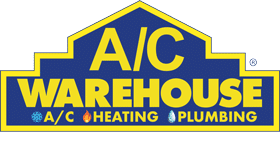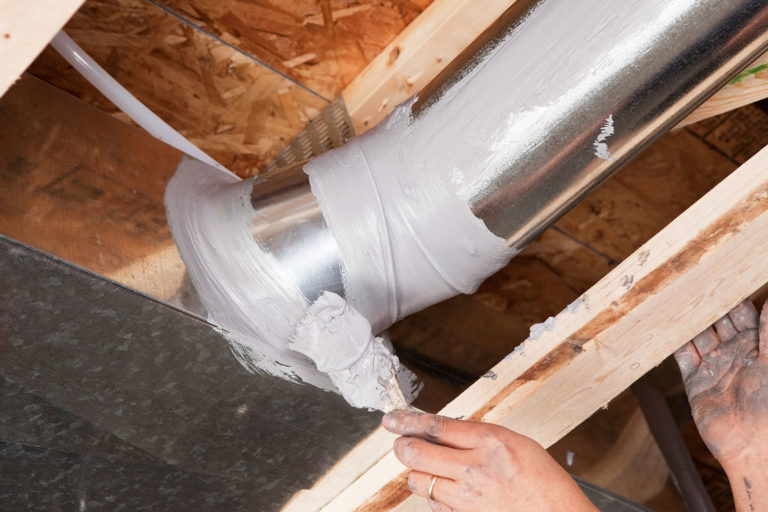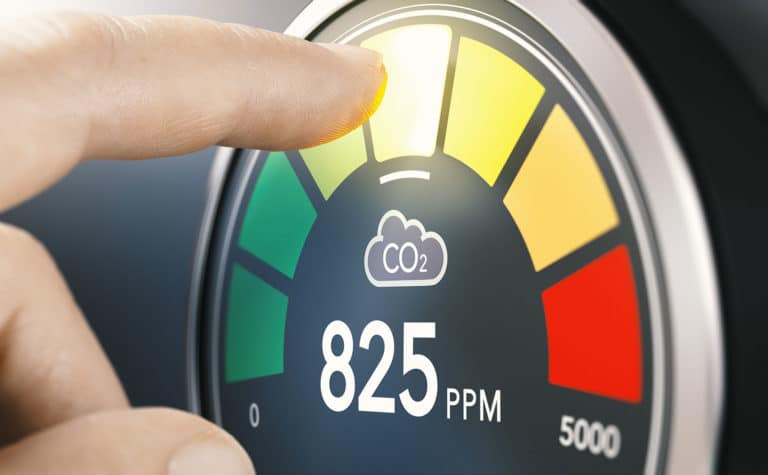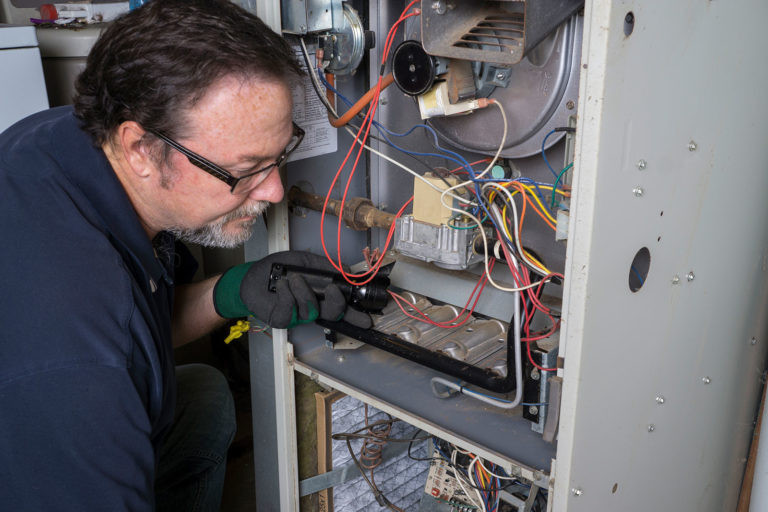What Should You Know About Aeroseal Duct Sealing?
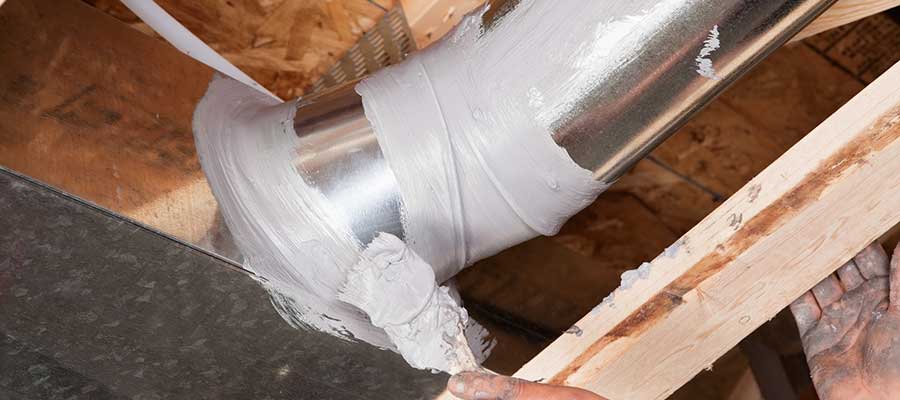
Whether you’ve been dealing with leaky ducts for too long or are just looking for ways to make your home more efficient, you may be considering Aeroseal as an option. Read on to learn more about Aeroseal technology and what the process of sealing your ducts will involve.
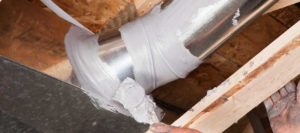
Why Aeroseal Your Ducts?
Relying on synthetic nanoparticles that bind together to seal up any tiny leaks in your ductwork, Aeroseal is designed to make your ducts a truly closed system again by binding to any holes, cracks, or other imperfections. Aeroseal sealant contains many of the same ingredients found in glue and chewing gum, and it has a fairly mild smell that should dissipate within just a few hours of installation.
Some of the benefits of Aerosealing your ducts include:
- Improving comfort by allowing your home to achieve the right temperature quickly and efficiently.
- Reducing your energy consumption by eliminating leaks that waste climate-controlled air.
- Improving the quality of your air by blocking contaminants and particles.
- Extending the lifespan of your HVAC system by preventing it from having to work too hard to heat or cool the air in your home.
- Eliminating musty smells, too-high humidity, and excessive accumulation of dust and dander.
What is Involved in the Aeroseal Duct Sealing Process?
During the Aerosealing process, technicians will cover your wall registers to ensure that air can escape only through the leaks. This allows for quick and easy identification of any and all leaks in your home’s ductwork. In some cases, the technician may analyze the degree to which your ductwork is leaking to provide a good before-and-after efficiency comparison.
Next, the technicians will inject the Aeroseal sealant into the ducts for about one hour. Continuous air movement will ensure that all the tiny aerosol particles remain suspended in the air. When the air flows through the system, the particles will adhere to the edges of the leaks, then build on each other to cover the leak entirely—the same way bacon grease will stick to the sides of a pipe to clog it.
After the sealant has been pumped through the system, the technician will then use computer software to generate another leakage analysis, ensuring that the Aeroseal has sufficiently sealed the leaks. If any leaks remain, the Aeroseal process can be repeated until the system has been fully repaired.
Although Aeroseal comes with a 10-year warranty, many installers and homeowners have reported that it tends to last far longer than that. Due to the nature of the polymers that form the leak bond, they tend to remain flexible for years instead of becoming brittle or shrinking. If you have questions about Aeroseal or are ready to get started, reach out to our Aeroseal technician today to learn more.
